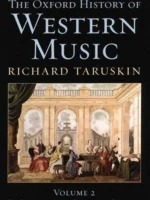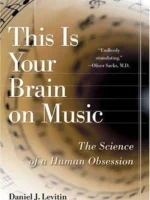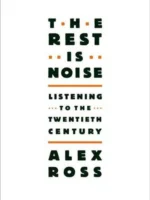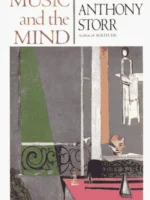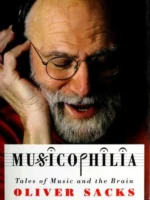The Music of the Spheres Review
The Music of the Spheres by Jamie James is a cultural history of a persistent idea: the universe has a musical order. From Pythagoras to Kepler and into modern metaphors, James follows how ratios, harmony, and cosmology informed science, art, and religion.
Overview
The narrative traces Greek number mysticism, medieval cosmology, Renaissance harmonics, Kepler’s planetary ratios, and later echoes in aesthetics and science. It is history of ideas, not technical astronomy.
Summary
We see numerical harmony as a way to make sense of the heavens, the blending of music theory with geometry, and the eventual separation of physics from metaphysical harmony. Kepler’s laws emerge from a search for musical order that becomes empirical mechanics. Later chapters show how the metaphor survives in art and philosophy.
Authors
Jamie James writes as an essayist and historian. The prose is graceful, with careful sourcing and a light technical touch.
Key Themes
Harmony as worldview; numbers as bridges between mind and cosmos; metaphors that steer research; the long fade from mystic ratio to measured law.
Strengths and Weaknesses
Strengths: elegant synthesis, accessible explanation of historical texts, and clear line from myth to method. Weaknesses: minimal mathematical depth and limited coverage of modern cosmology. Read for context, not equations.
Target Audience
Readers of intellectual history, musicians curious about scientific roots, and students of science culture.
Favorite Ideas
Kepler’s transformation of harmony into mechanics; medieval diagrams that taught cosmology through music; metaphors as engines for discovery.
Takeaways
Ideas about harmony shaped early science. Even as physics left the music behind, the habit of seeking order through ratio and pattern endured.


